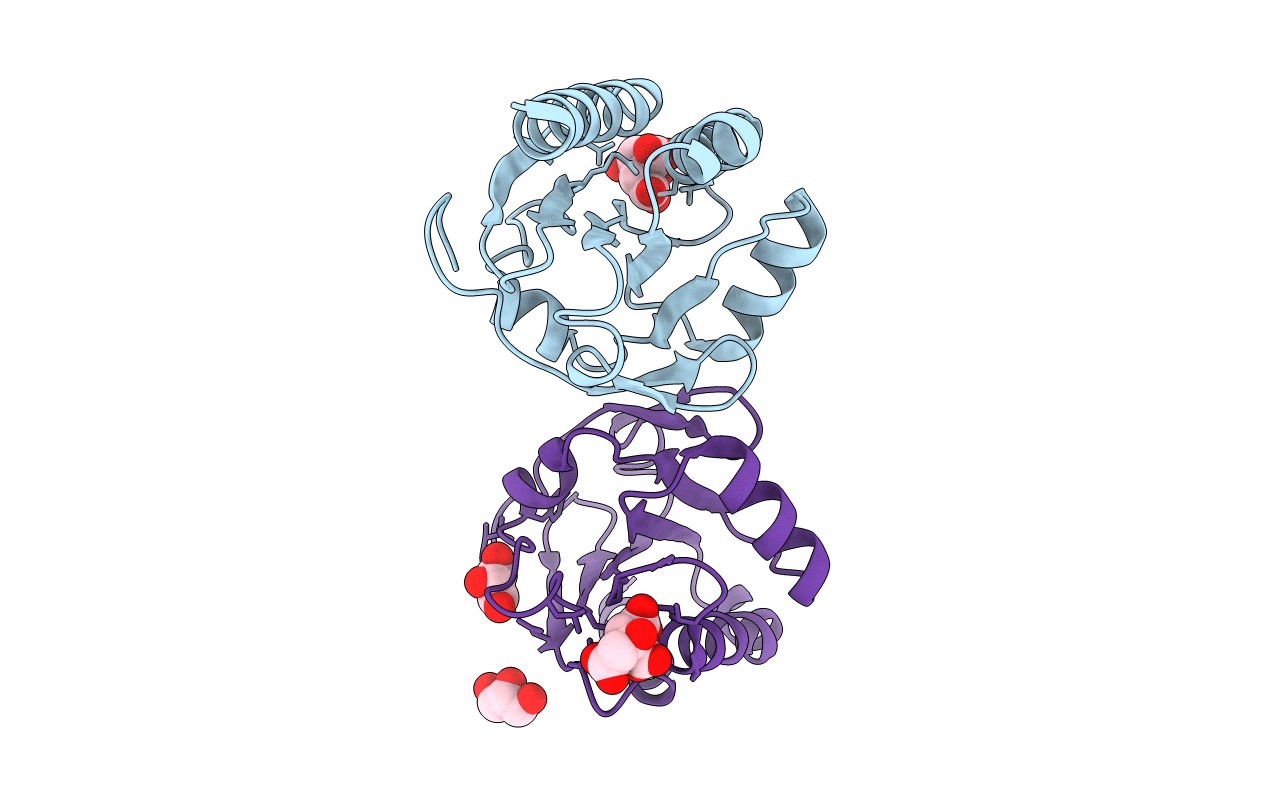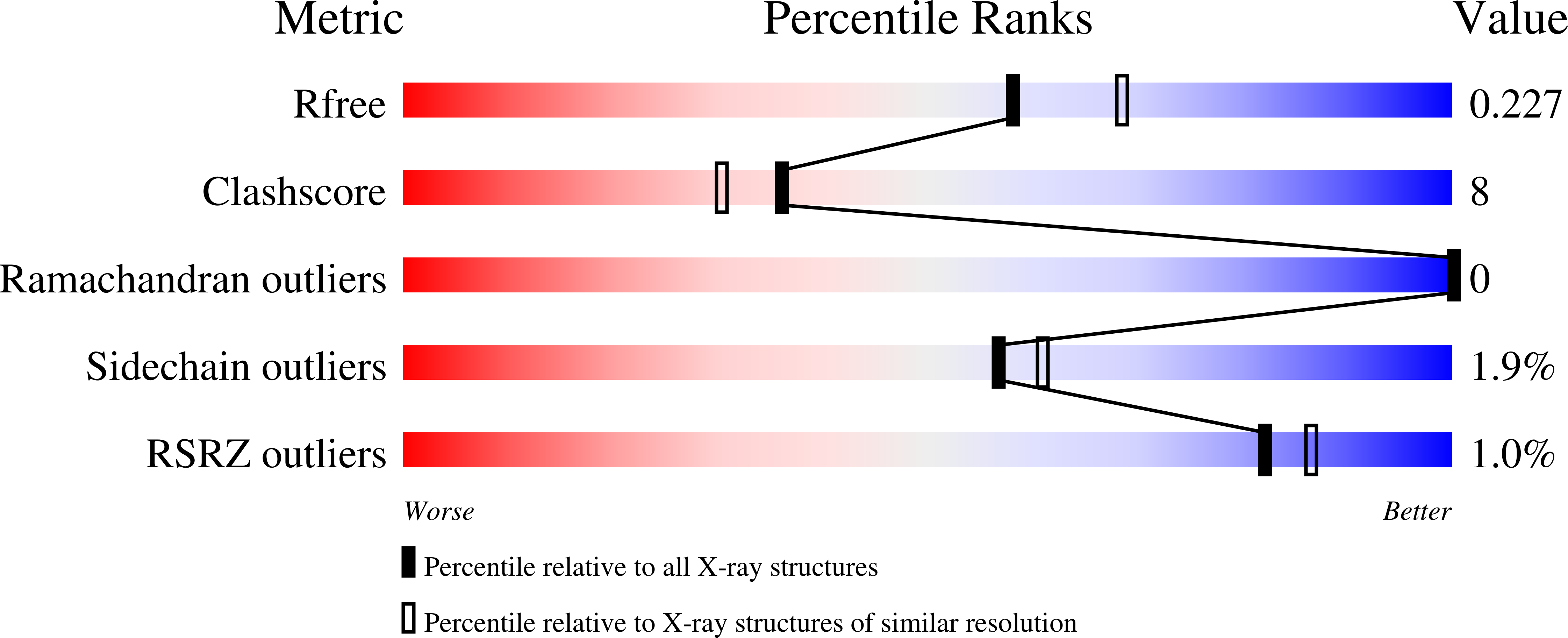
Deposition Date
2008-07-11
Release Date
2009-04-14
Last Version Date
2023-11-01
Entry Detail
PDB ID:
3DRN
Keywords:
Title:
The crystal structure of Bcp1 from Sulfolobus Sulfataricus
Biological Source:
Source Organism:
Sulfolobus solfataricus (Taxon ID: 2287)
Host Organism:
Method Details:
Experimental Method:
Resolution:
2.15 Å
R-Value Free:
0.23
R-Value Work:
0.18
Space Group:
P 1 21 1


